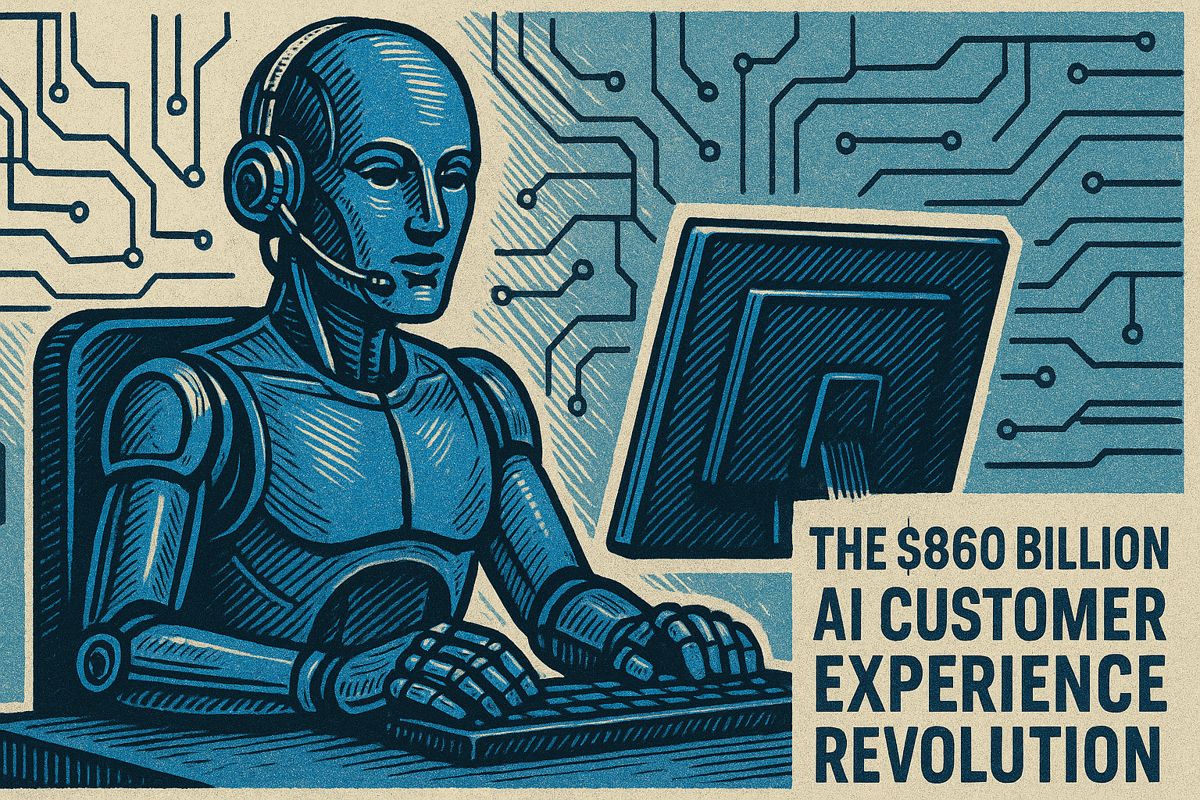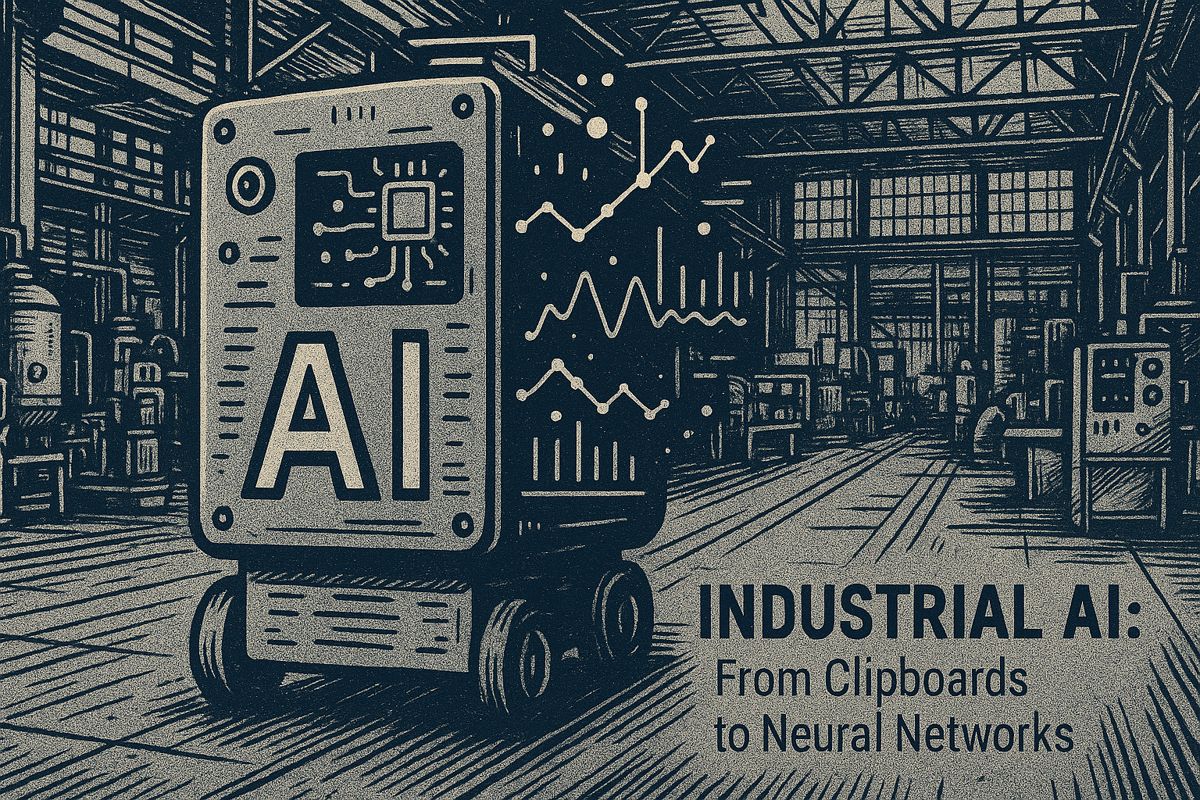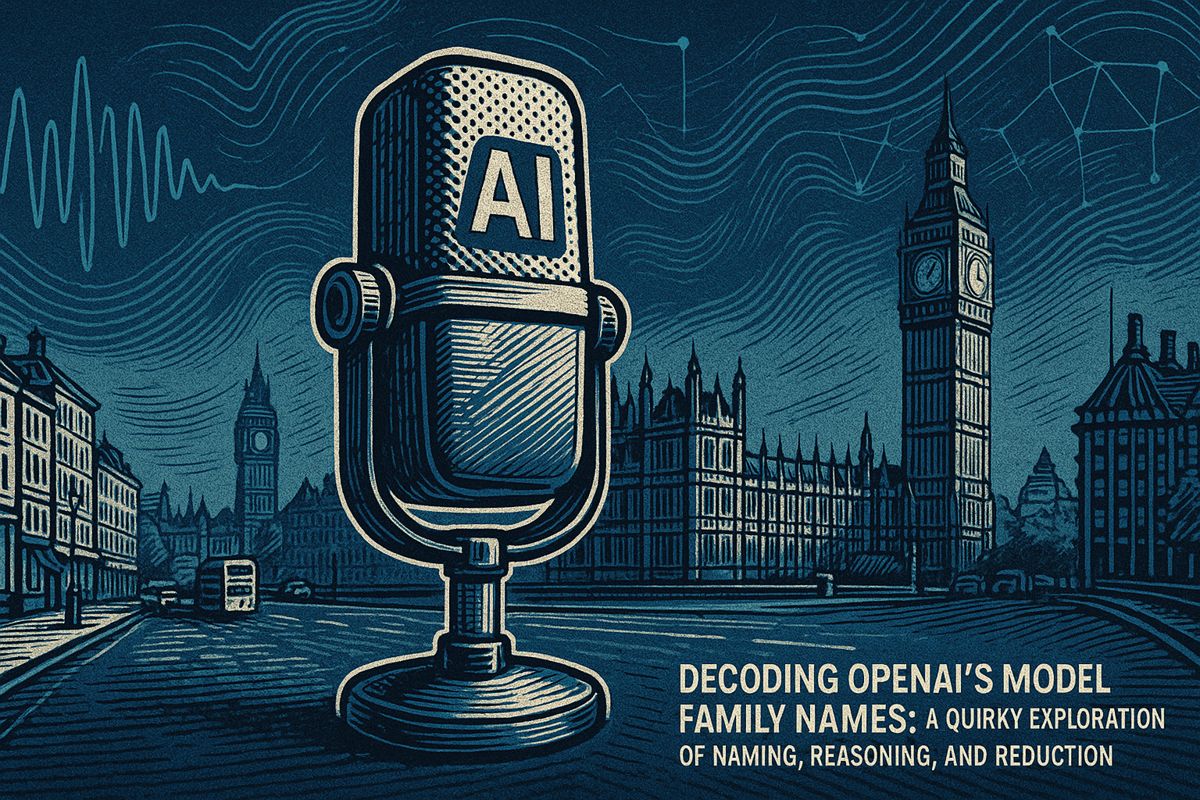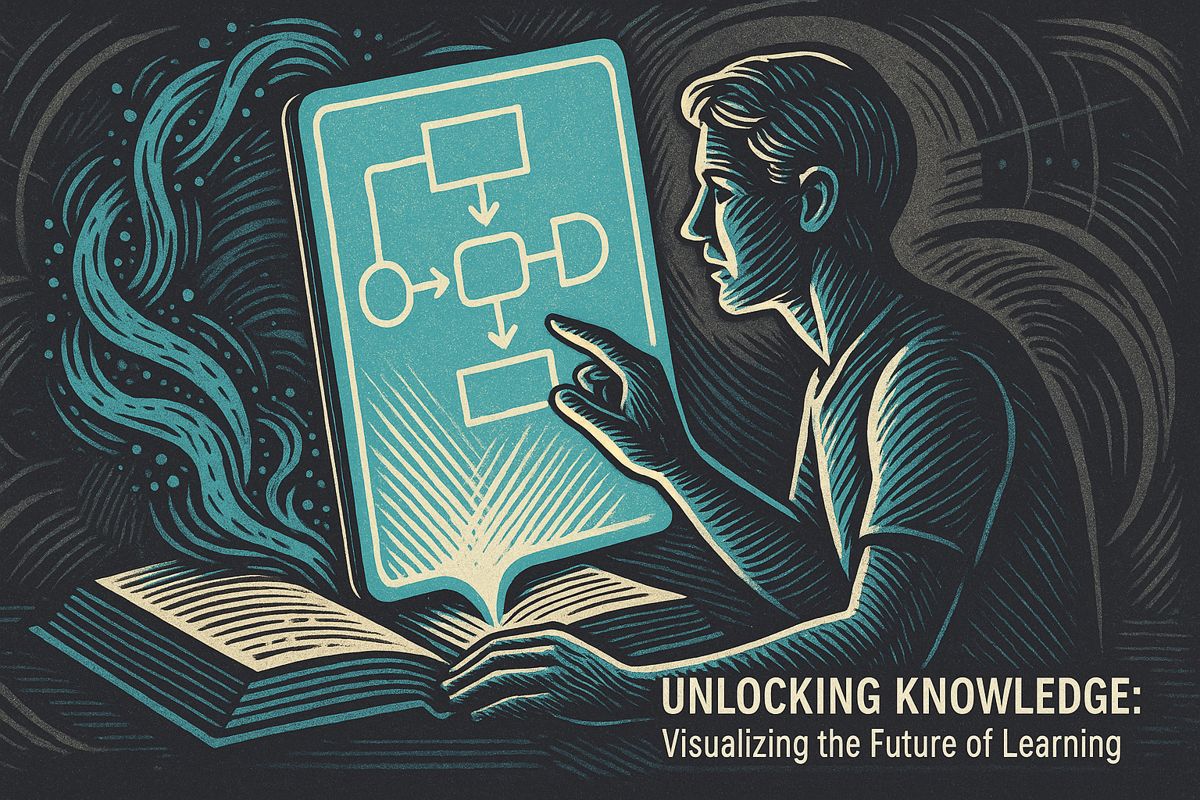Here’s the text with the most important phrase in bold markdown:
AI is set to revolutionize customer experience, potentially unlocking $860 billion in value for U.S. firms by 2030. By leveraging technologies like sentiment analysis and personalization, companies can dramatically improve customer interactions, reduce churn, and enhance service quality. Pioneering businesses are already seeing significant benefits, with some experiencing faster ticket resolution and more tailored customer support. However, only a small percentage of executives are currently leading the charge in AI-driven customer experience. The gap between innovative companies and hesitant ones continues to widen, presenting a critical opportunity for businesses to transform their customer engagement strategies.
What is the Potential Value of AI in Customer Experience?
AI-powered customer experience could unlock $860 billion for U.S. firms by 2030. By leveraging AI technologies like sentiment analysis, personalization, and automated support, companies can dramatically improve customer interactions, reduce churn, and enhance overall service quality.
The Wake-Up Call: A New Era for CX
There’s a particular jolt that comes when a number makes you pause mid-sip. $860 billion. That’s what AI-powered customer experience (CX) could unlock for U.S. firms by 2030, according to a recent Qualtrics report. I still remember my first, nerve-wracking call to a bank as a student – squeaky hold music, stilted scripts, and a sense of being processed, not helped. What if AI had been there to decode my tone and whisk me past the robotic pleasantries? These days, that fantasy is rapidly becoming the norm.
Firsthand accounts from companies adopting AI aren’t science fiction anymore. I watched a SaaS startup roll out an AI chatbot on their support portal. People were skeptical (aren’t we all, at first?), but then support tickets got resolved twice as fast. NPS scores climbed. Agents weren’t just surviving – they were grinning on Zoom. The divide between the bold and the hesitant is more than theoretical; I’ve watched it unfold like a time-lapse.
So what’s actually happening? The Qualtrics study and its companions drop a series of bagel-sized facts: AI in CX could mean $860 billion in value for U.S. businesses by 2030. Leadership matters. Centralized, organization-wide AI strategies work best. And the gap between AI pioneers and the rest is yawning wider by the month.
Personalization and Churn: More Than Buzzwords
Personalization isn’t just a Silicon Valley mantra; it’s becoming a tactile reality. Imagine: AI sifts through a river of customer touchpoints—calls, surveys, emails—then responds, not with bland uniformity but with a strange, almost eerie knack for knowing what you need. It’s like customer support finally found its soul. The scent of freshly brewed coffee, the hum of a morning helpdesk—suddenly, feedback isn’t about boxes ticked, but about needs anticipated.
Six Flags and ClickUp offer concrete proof. Six Flags’ AI concierge guides guests not just online, but through physical parks, even automating parking (now that’s something my past self would never have predicted). ClickUp boosted resolved tickets per hour by 25% after launching their AI co-pilot. The numbers tell a story, but the real tale is about trust being rebuilt, one quick solution at a time.
Sentiment analysis is where things get downright fascinating. AI doesn’t just read words; it reads between them, flagging customers on the brink of leaving. I’ll admit, I once thought “sentiment analysis” was a buzzword salad. Then I saw how a platform spotted churn risk faster than any human team – and learned I’d underestimated this technological tide.
ROI and Risk: Why Some Companies Dither
ROI is always lurking in the background. In this study, 45% of executives expect AI to improve product quality, 44% anticipate enhanced support, and 39% think experiences will be more tailored
ll within two years. These aren’t empty promises. Qualtrics XM/os2 churns through over 3.5 billion feedback points every year, making it likely the most formidable database of human sentiment today. The scale is almost volcanic; imagine watching mountains of customer interactions melt down into clear, actionable insights.
Yet, not everyone is racing to embrace this future. Only 15% of executives hope to lead on AI-driven CX. The rest? They’re dragging their feet, reluctant to step away from what’s comfortable. I sometimes wonder, is it high-minded skepticism or just inertia? Either way, the chasm between innovators and the hesitant grows wider. It’s not just a gap—it’s a canyon.
Poor customer experiences cost nearly $4 trillion in global losses each year. Oof. That number lands with a thud. For organizations not yet on the AI train, the risk isn’t just lost opportunity; it’s existential. I’ve made the mistake of playing it safe before, and I’ll never forget watching a competitor leapfrog us by moving first. Lesson learned.
The Road Ahead: Are You Leading or Lagging?
What’s driving true success? Centralized strategies, led from the top. No more smuggling AI projects into the IT bunker. At winning companies, leadership weaves AI into the fabric of CX, linking people, data, and process. Qualtrics, as a platform, now processes billions of data points and powers tools like “insights explorer”—a digital truffle pig for actionable patterns. The scent of innovation is unmistakable.
The world is moving toward continuous, scalable innovation. Leaders are betting on generative AI to deliver insights in seconds, not days. The feedback loop shrinks, and both customers and employees benefit. The laggards? Well, they risk vanishing into the data dust.
So I’ll ask you this: Are you just dabbling, or are you genuinely steering your customer experience into the AI future? The difference could be, quite literally, $860 billion. Funny how a single number can change the flavor of your morning coffee.
Daniel…



















